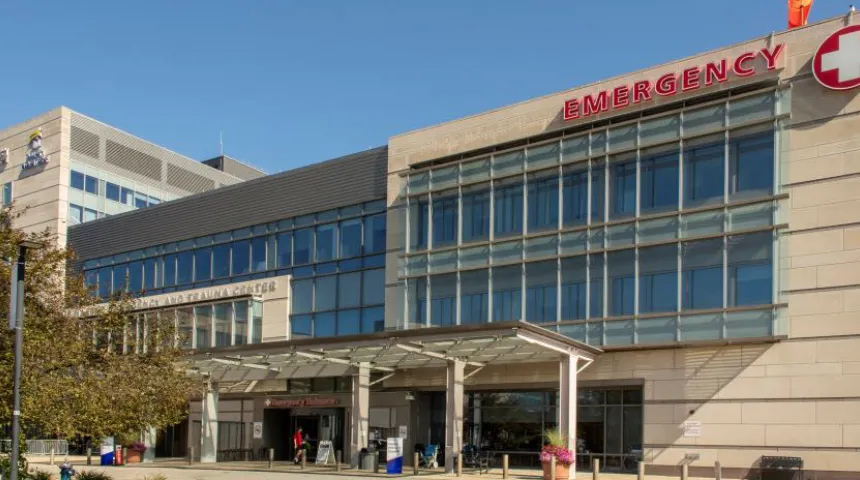Urgent Care vs. Emergency Department
When an unexpected medical issue occurs, we are here for you with urgent care and emergency services. Find out which is right for you.
Urgent Care vs. Emergency Department: What to Expect From UMass Memorial
Level I Trauma Center
UMass Memorial Medical Center is accredited by the American College of Surgeons as the only Level I trauma center in the region. This designation recognizes our commitment to the highest level of care for acute illness and traumatic injuries. You can count on us to treat any medical emergency in adults or children.
Exceptional Primary Care Services
If you’re not sure where to go, call your primary care provider. We are available during business hours to listen to your concerns and provide guidance. Whether it’s a chronic condition, such as asthma or diabetes, or acute illnesses, like the flu, we’re here to help. Clinics offer a limited number of same-day appointments so you can be seen quickly.
Convenient Urgent Care
Our multiple clinic locations make it easier to access urgent care services when you need them. Urgent care is a walk-in service, meaning appointments are optional. Doctors, nurse practitioners and medical assistants quickly diagnose urgent concerns and provide personalized treatment recommendations. Some locations have extended hours and allow you to save a spot online.
Our Emergency Locations

PediPlace Pediatric Emergency Room
55 Lake Avenue North,
PediPlace,
Worcester, MA 01655

UMass Memorial Medical Center - University Campus Emergency Department
55 Lake Avenue North,
Worcester, MA 01655

HealthAlliance-Clinton Hospital - Leominster Campus Emergency Department
60 Hospital Road,
Leominster, MA 01453

Milford Regional Medical Center Emergency Department
14 Prospect Street,
Milford, MA 01757

Milford Regional Medical Center Emergency Department
14 Prospect Street,
Milford, MA 01757

Harrington Hospital - Southbridge Campus Emergency Department
100 South Street,
Southbridge, MA 01550
Get Care for Any Emergency or Urgent Medical Issue
If you or a loved one experiences a life-threatening issue, call 911 or go to the emergency department immediately. For mental health emergencies, call 988. For less serious issues, contact your primary care provider at 855-UMASS-MD (855-862-7763) during business hours. Services are also available in urgent care clinics, some of which are open evenings and weekends.
